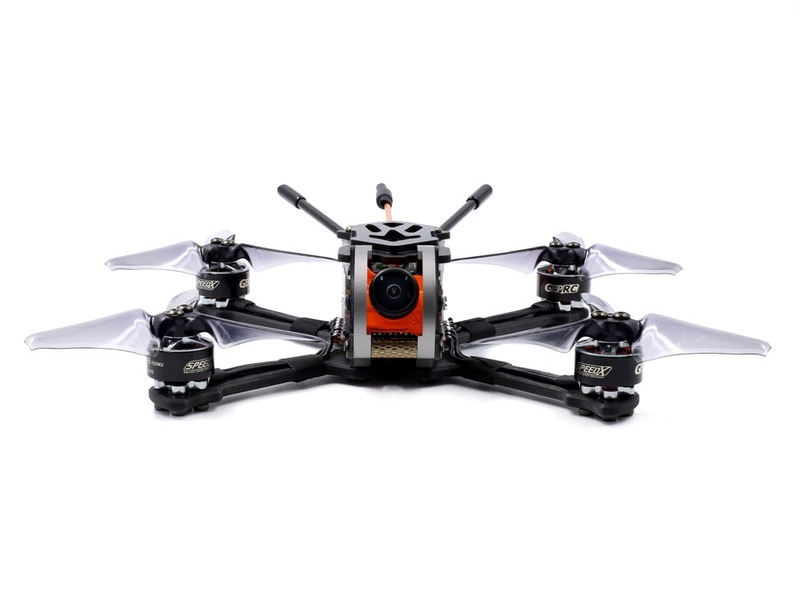What motors do drones use?

Drones are unmanned aerial vehicles that have become increasingly popular in recent years. They are used for a variety of applications including aerial photography, search and rescue operations, and surveillance. As a result, the technology behind drones has advanced dramatically, with different types of motors being used depending on the application.
Brushless Motors
The most common type of motor used in drones is the brushless motor. Brushless motors are electric motors that use magnets to generate rotational force or torque. They are highly efficient and provide a high torque-to-weight ratio, making them an ideal choice for drones.
Brushless motors are typically divided into two categories: outrunners and inrunners. Outrunner motors are characterized by their outer shell, which rotates around the stator. Inrunners, on the other hand, have a stationary outer shell and the stator rotates around it.
Brushless motors are often used in larger drones, such as those used for commercial purposes, due to their increased efficiency and power. They are also used in smaller drones due to their smaller size and weight.
Propellers
Propellers are another type of motor used in drones. Propellers are used to create lift and thrust, allowing the drone to move in different directions. Propellers are typically made from plastic or carbon fiber and come in various sizes and shapes.
The size and shape of the propeller will determine the amount of lift and thrust it will generate. Smaller propellers are typically used on smaller drones and can generate less lift and thrust than larger propellers.
Propellers are typically powered by brushless motors, though some drones use different types of motors.
Turbines
Turbines are another type of motor used in drones. Turbines are most commonly used in larger drones, such as those used for commercial purposes. They are typically more powerful than other types of motors and can generate more lift and thrust.
Turbines are typically powered by fuel, such as gasoline or diesel. This makes them more expensive than other types of motors, but they are also more powerful and efficient.
Conclusion
Drones use a variety of motors depending on the application. The most common type of motor used in drones is the brushless motor, which is highly efficient and provides a high torque-to-weight ratio. Propellers are also used to create lift and thrust, though turbines are typically used in larger drones. Regardless of the type of motor used, drones are becoming increasingly popular due to their various applications.
Comments / Question
2. Make sure the motor is compatible with the drone's power source.
3. Choose a motor that is designed to operate in the environment in which the drone will be used.
4. Consider the noise generated by the motor and its effect on the drone's performance.
5. Ensure that the motor is designed to meet the necessary safety standards.
6. Check the motor's heat dissipation capabilities to ensure that it won't overheat during operation.
7. Ensure that the motor is designed to provide reliable operation over a long period of time.
8. Consider the weight of the motor and its effect on the overall weight of the drone.
Advantages:
• Brushless motors are more efficient than brushed motors, meaning less power is lost as heat and more power is transferred to the propeller.
• Brushless motors are much quieter than brushed motors, making them a popular choice for drones in quiet locations.
• Brushless motors are more reliable than brushed motors, with fewer moving parts and less wear and tear.
Disadvantages:
• Brushless motors are generally more expensive than brushed motors.
• Brushless motors require more complex electronic speed controllers (ESCs) and wiring than brushed motors.
Brushed Motors:
Advantages:
• Brushed motors are generally cheaper than brushless motors.
• Brushed motors are simpler to install and require less complex wiring than brushless motors.
Disadvantages:
• Brushed motors are less efficient than brushless motors, meaning more power is lost as heat and less power is transferred to the propeller.
• Brushed motors are much louder than brushless motors, making them unsuitable for quieter areas.
• Brushed motors are less reliable than brushless motors, with more moving parts and more wear and tear.

